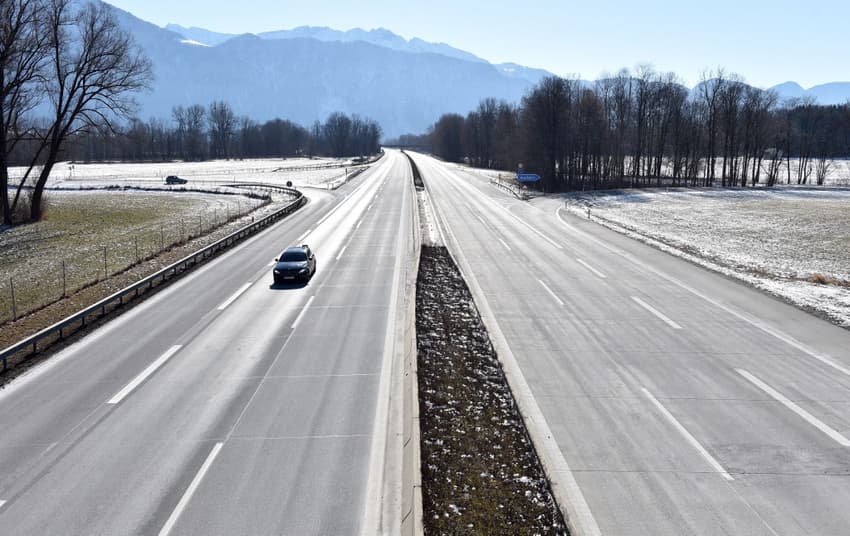Austria: Mobility declines after Tyrol travel ban

Restrictions on state of Tyrol are now being reflected in mobile phone movement data, but Austria-wide mobility is on the rise.
Figures released by telecommunications company A1 and Invenium show trips from Tyrol to other federal states, which are now only permitted with a recent negative Covid test result, have decreased by around 80 percent.
However, in the rest of Austria, overall mobility is increasing again after the introduction of fewer restrictions on February 8th.
Around 65 percent of Austrians have covered at least a distance of more than one kilometre a day since the lockdown was relaxed, ORF reports.
Austrian lockdown: Bars, restaurants and sports facilities to remain closed until Easter
The Graz-based company Invenium analyses anonymised data about mobile phones connecting to mobile phone masts via their SIM cards throughout the day to create a picture of how Austrians are moving around during lockdown.
The movement figures are less than 10 percent below the long-term average of around 73 percent of the total population that is normally this mobile.
By comparison: at the beginning of the first lockdown in mid-March 2020, the group of people moving this distance shrank to around 45 percent and less.
Ivenium transport scientist Michael Cik told APA "a somewhat more normal life has started again," due to the school openings and shops opening.”
Comments
See Also
Figures released by telecommunications company A1 and Invenium show trips from Tyrol to other federal states, which are now only permitted with a recent negative Covid test result, have decreased by around 80 percent.
However, in the rest of Austria, overall mobility is increasing again after the introduction of fewer restrictions on February 8th.
Around 65 percent of Austrians have covered at least a distance of more than one kilometre a day since the lockdown was relaxed, ORF reports.
Austrian lockdown: Bars, restaurants and sports facilities to remain closed until Easter
The Graz-based company Invenium analyses anonymised data about mobile phones connecting to mobile phone masts via their SIM cards throughout the day to create a picture of how Austrians are moving around during lockdown.
The movement figures are less than 10 percent below the long-term average of around 73 percent of the total population that is normally this mobile.
By comparison: at the beginning of the first lockdown in mid-March 2020, the group of people moving this distance shrank to around 45 percent and less.
Ivenium transport scientist Michael Cik told APA "a somewhat more normal life has started again," due to the school openings and shops opening.”
Join the conversation in our comments section below. Share your own views and experience and if you have a question or suggestion for our journalists then email us at [email protected].
Please keep comments civil, constructive and on topic – and make sure to read our terms of use before getting involved.
Please log in here to leave a comment.